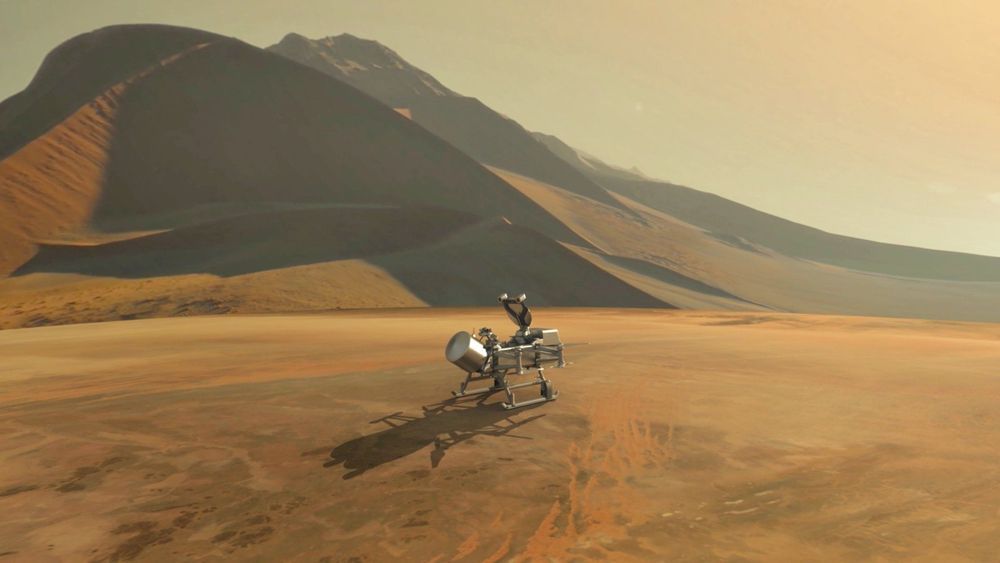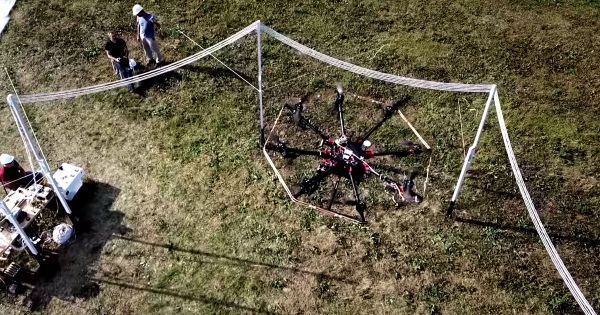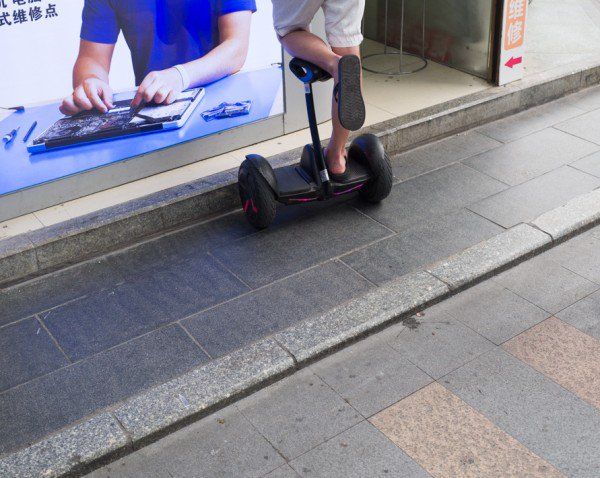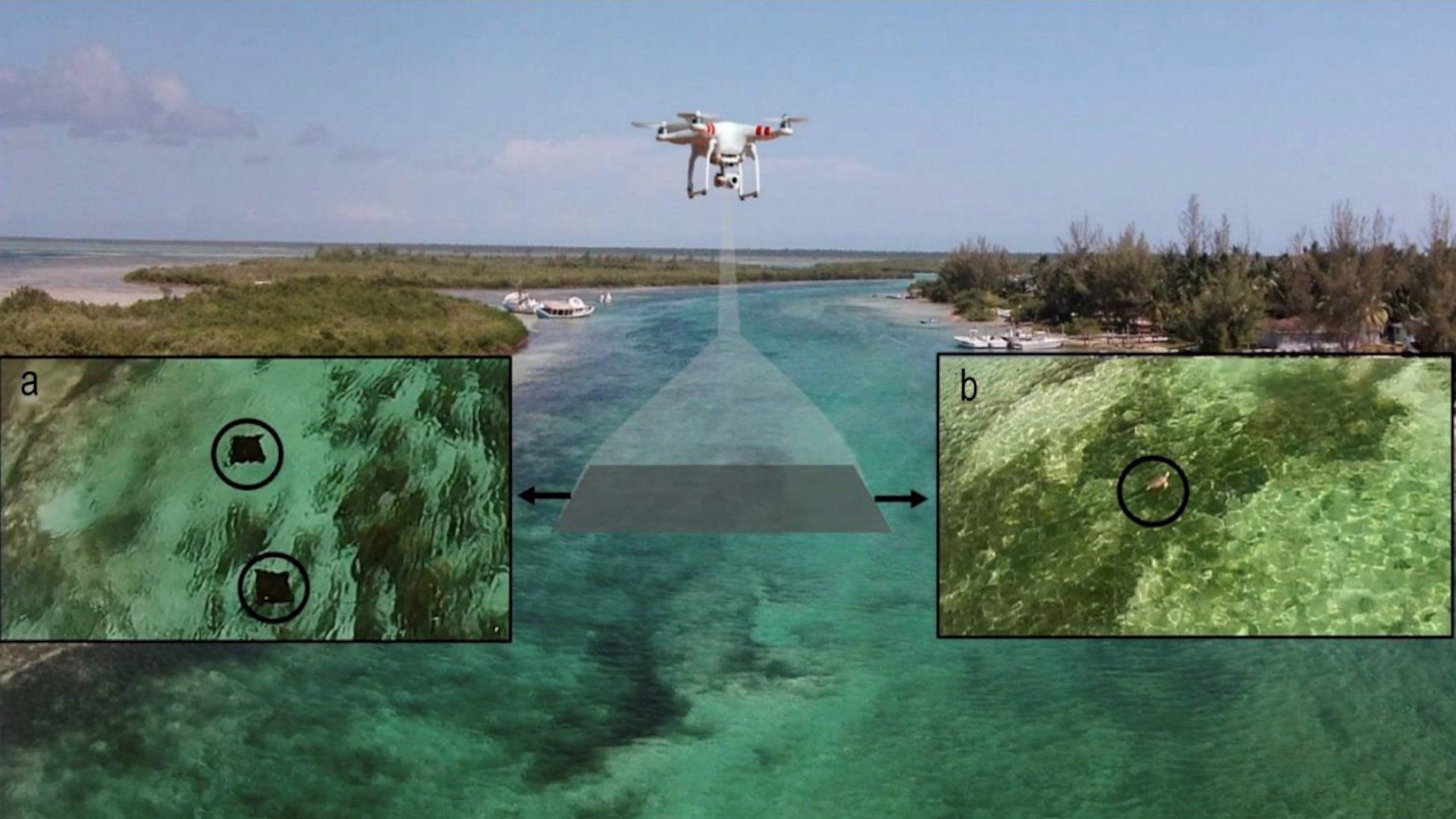It could soon make deliveries in the places that need drones the most.
Category: drones – Page 127

NASA May Decide This Year to Land a Drone on Saturn’s Moon Titan
The spacecraft that have peered through the yellowish haze surrounding Saturn’s moon Titan discovered a strange, yet strangely familiar world where life could theoretically take root. Now, scientists want to return — this time buoyed by Earth’s fascination with drone technology.
That’s precisely what a team of scientists working on a proposed mission called Dragonfly want to do: combine terrestrial drone technology and instruments honed by Mars exploration to investigate the complex chemical reactions taking place on Saturn’s largest moon. Later this year, NASA will need to decide between that mission and another finalist proposal, which would collect a sample from a comet.
“At first blush, I think a lot of people think [Dragonfly] sounds like the literal meaning of incredible,” Melissa Trainer, a deputy principal investigator with the mission, told Space.com. “Not only is this an incredibly exciting concept with amazing, compelling science, but also, it is doable — it’s feasible from an engineering standpoint.” [Landing on Titan: Pictures from Huygens Probe on Saturn Moon].


Drones Used to Find Toy-Like “Butterfly” Land Mines
Quadcopters with thermal imagery cameras can help detect vicious mini-mines that often kill or maim children.
- By Jeremy Hsu on December 28, 2018
This Drone Seamlessly Transitions Between Swimming and Flying
It isn’t unreasonable to think of drones as pesky technological nuisances. Our modern digital ecosystem regularly infringes on traditional notions of privacy and bombards our limited attention spans with stimuli. A swarm of drones hovering overhead seems like the physical manifestation of these intrusions and distractions. But we shouldn’t swat them away just yet. Drones still have practical utility and the potential to change industries.
An Expanding Market
The appeal of drones in the consumer market is obvious. They can capture video footage from exciting angles, serving the vanity of a population obsessed with self-documentation. Beyond that, drones also have commercial and civil government applications that include firefighting, farming, construction, deliveries, and insurance claims. According to Goldman Sachs Research, this contributes to a $100 billion market opportunity between 2016 and 2020.

Inside Shenzhen’s race to outdo Silicon Valley
Every day at around 4 p.m., the creeeek criikkk of stretched packing tape echoes through Huaqiangbei, Shenzhen’s sprawling neighborhood of hardware stores. Shopkeepers package up the day’s sales—selfie sticks, fidget spinners, electric scooters, drones—and by 5, crowds of people are on the move at the rapid pace locals call Shenzhen sudu, or “Shenzhen speed,” carting boxes out on motorcycles, trucks, and—if it’s a light order—zippy balance boards. From Huaqiangbei the boxes are brought to the depots of global logistics companies and loaded onto airplanes and cargo ships. In the latter case they join 24 million metric tons of container cargo going out every month from Shekou harbor—literally “snake’s mouth,” the world’s third-busiest shipping port after Shanghai and Singapore.
Adaptable drone folds while flying to get through gaps
Although quadcopter drones show promise as a means of exploring hazardous environments such as disaster sites, they do have one drawback – they’re wide, limiting their ability to squeeze through tight spaces. An experimental new drone addresses that problem, by folding into different shapes while in flight.


Alphabet’s Wing delivery drone service to launch in Finland next year
Five years ago, Amazon’s Jeff Bezos predicted that by now we would all be getting packages delivered by drones. Despite numerous trials and pilots around the globe, we’re still waiting. Meanwhile other companies have been nipping at Amazon’s heels, including Google’s parent company Alphabet. Its Project X drones started delivering burritos to customers in Australia’s Capital Territory last year, and has now announced that folks in Finland can look forward to package deliveries by air from early 2019.
